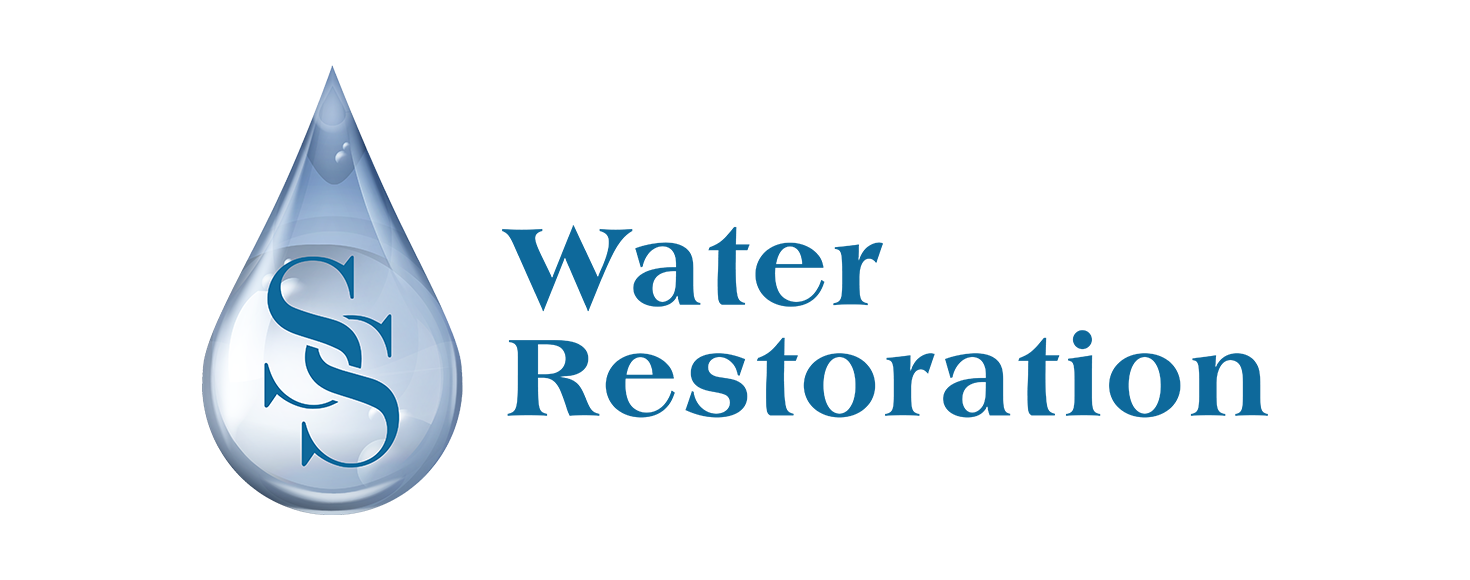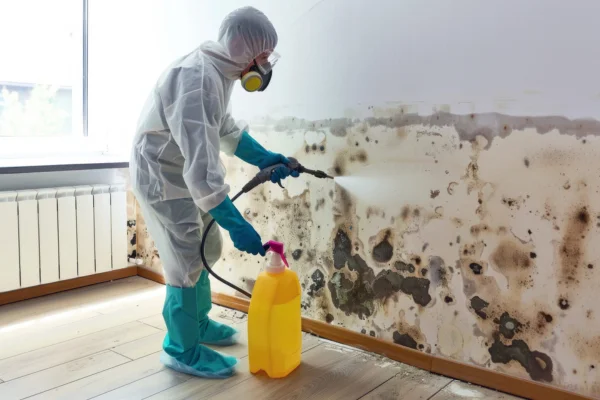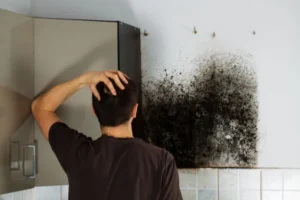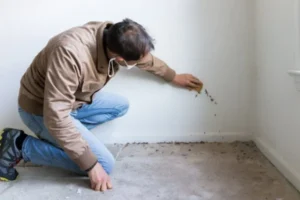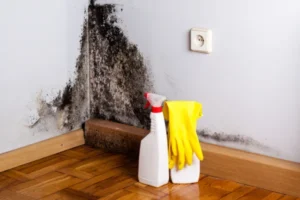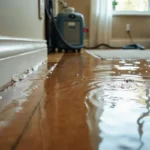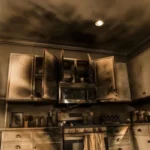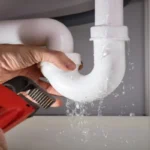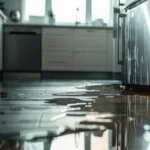Mold infestations can sneak up on any home, often starting small before turning into a bigger problem. The good news is, a little prevention goes a long way in keeping your space healthier and more comfortable. This guide examines simple strategies that help mitigate risks and make mold easier to manage before it becomes out of control.
Preventing mold growth starts with moisture control and regular inspections. By slowing the spread of mold and recognizing warning signs of mold early, homeowners can begin dealing with mold issues effectively. Let’s take a closer look now and see how professional contractors can help with mold remediation and prevention!
Understanding Mold Infestations
To prevent mold in your home, it’s crucial to understand what causes mold growth. You’ll also want to learn about common types of household mold and the health risks tied to exposure. By recognizing these factors, you can take proactive steps to protect your living space.
What Causes Mold Growth?
Mold thrives in damp, warm environments, making homes and buildings prime targets for infestations. To prevent mold growth, it is essential to control moisture levels and ensure proper ventilation. Regular maintenance is crucial for effective mold management. If you face severe issues, consider mold remediation services to address existing mold infestations. Staying proactive with mold control measures will protect your space from future problems.
Common Types of Household Mold
Mold thrives in damp, poorly ventilated spaces. Knowing the types helps you spot and stop infestations early:
- Aspergillus: Found in dust, walls, and HVAC systems; may cause lung infections.
- Cladosporium: It grows on fabrics and wood, triggering allergies.
- Stachybotrys (Black Mold): Likes wet drywall and wood; produces toxic mycotoxins.
- Penicillium: Blue-green mold on wallpaper and carpets; linked to asthma and sinus issues.
Health Risks Associated with Mold Exposure
Mold exposure can affect anyone, but especially children, seniors, and those with health conditions:
- Allergies: Sneezing, itchy eyes, and skin irritation.
- Asthma: Mold spores can trigger attacks.
- Respiratory Problems: Coughing, wheezing, and congestion.
- Fatigue and Headaches: Common with prolonged exposure.
- Immune Suppression: Prolonged exposure to mold may compromise the immune system.
Early Signs of Mold Infestations in Your Home
Slowing the spread of mold requires quick action and proper ventilation. Preventing mold growth and noticing the warning signs of mold are essential steps for effectively dealing with mold issues at home. Early mold detection can prevent costly damage and health risks. Watch for musty smells, visible spots, and moisture issues to keep your home safe and mold-free.
Visible Mold Growth
Have you ever noticed dark spots on your walls or ceilings? These visible signs of mold growth can indicate a larger problem that may be lurking in your home. If you see green, black, or even white patches, don’t ignore them. Act quickly to identify the source of moisture, as mold thrives in damp areas. Addressing the issue early can prevent extensive damage and health risks.
Musty Odors
Musty odors often accompany visible mold growth, serving as another warning sign of a potential infestation in your home. If you notice these unpleasant smells, it’s essential to investigate further. Trust your senses; a persistent musty scent can indicate hidden mold lurking in damp areas. Addressing this issue early can help you avoid more significant problems down the line. Stay vigilant!
Water Damage and Moisture Issues
Water damage and moisture issues often coexist, creating an environment conducive to mold growth. You might notice damp spots on walls, ceilings, or floors, which indicate hidden leaks. Pay attention to condensation on windows or high humidity levels as well. Addressing these issues promptly can help prevent mold infestations and protect your home from extensive damage and health risks.
Key Mold Prevention Strategies
Preventing mold starts with simple habits that protect your home. From managing moisture to improving airflow, focusing on these strategies helps reduce risks and maintain a healthier overall space.
Controlling Humidity Levels
Maintaining humidity levels is crucial for preventing mold in any home. Aim to maintain indoor humidity between 30% and 50%. You can use dehumidifiers in damp areas, promptly fix leaks, and ensure proper drainage around your home. Regularly monitor humidity levels using a hygrometer. By controlling humidity, you considerably reduce the risk of mold growth and protect your living space.
Proper Ventilation and Airflow
Ensuring proper ventilation and airflow in your home is crucial for preventing mold growth. Open windows when the weather permits, and use exhaust fans in kitchens and bathrooms to remove excess moisture. Make sure vents aren’t blocked by furniture or other items. Regularly check and clean air filters in your HVAC system to promote ideal airflow and reduce the risk of mold growth.
Regular Home Inspections and Maintenance
Regular home inspections and maintenance play a crucial role in controlling mold. By routinely checking for leaks, damp spots, and signs of water damage, you can catch potential problems early. Be sure to clean your gutters, inspect your roof, and check your basements and crawl spaces. Staying proactive with these inspections helps keep your home dry and dramatically reduces the risk of mold outbreaks.
Using Mold-Resistant Materials
Incorporating mold-resistant materials into your home design can greatly enhance your defense against mold growth. Use products like mold-resistant drywall, paints, and flooring to minimize moisture absorption. When building or renovating, opt for treated wood and waterproof membranes in areas prone to dampness. These proactive choices not only protect your home but also enhance indoor air quality, creating a healthier living environment.
How to Handle Existing Mold Infestations
Warning signs of mold should never be ignored. Preventing mold growth and slowing the spread of mold are critical steps in dealing with mold issues before they become costly or harmful.
If you discover mold in your home, it’s essential to act quickly. You can try some DIY mold removal tips, but knowing when to call a professional can make all the difference. Once you’ve addressed the issue, you’ll need to focus on preventing it from recurring.
DIY Mold Removal Tips
Removing mold yourself is possible for small, non-toxic infestations. Acting quickly helps prevent the further spread and related health risks. Follow these essential steps:
- Wear Protective Gear: Use gloves, goggles, and an N95 mask to avoid inhaling spores.
- Choose a Cleaner: Mix water with detergent or use a commercial mold remover.
- Scrub Thoroughly: Clean all visible mold from hard surfaces.
- Ensure Ventilation: Open windows or use fans to reduce the spread of airborne spores.
- Dry Completely: Moisture encourages regrowth—dry the area fully.
- Monitor Moisture: Regularly inspect for leaks or dampness to prevent recurrence.
When to Call a Professional Mold Remediation Service
Recognizing the signs of a mold infestation is essential for maintaining a healthy living environment. If you notice extensive mold growth, a persistent musty odor, or if anyone in your home experiences health issues related to mold, it’s time to call for professional mold remediation services. They possess the expertise and equipment to effectively and safely remove mold and prevent future infestations.
Preventing Recurrence After Removal
After addressing a mold infestation with professional help, the next step is preventing it from returning. Regularly inspect your home for moisture, as leaks can reignite mold growth. Maintain proper ventilation in areas prone to dampness, such as bathrooms and basements. Use dehumidifiers if necessary, and clean surfaces regularly to prevent mold spores from settling. Stay vigilant, and you’ll keep your home mold-free.
Long-Term Mold Prevention and Home Protection
To prevent mold from taking hold in your home, focus on maintaining a clean and dry environment.
Maintaining Clean and Dry Environments
Keeping your home clean and dry is key to avoiding mold issues. Regular cleaning, fixing leaks quickly, and ensuring good airflow through windows or exhaust fans all help reduce moisture, lowering the chance of mold infestations developing indoors.
Waterproofing and Drainage Solutions
Waterproofing and proper drainage protect your home from excess moisture. Seal cracks in the foundation, install gutters, and extend downspouts away from the house to prevent water damage. These steps help prevent water from pooling and significantly reduce the risk of mold growth.
Education and Awareness for Household Members
Education and awareness among family members are vital for effective mold management. Teaching everyone about causes, risks, and solutions helps build habits that minimize moisture problems, encourage regular checks, and create a healthier, safer environment for the entire household.
Final Thoughts on Eliminating Mold Infestation and Spread
By implementing these mold mitigation strategies, you can create a healthier home environment and significantly reduce the risk of infestations. Stay vigilant for early signs of mold, maintain proper humidity levels, and guarantee good ventilation throughout your space.
If you do encounter mold, act quickly to address it and prevent further issues. Remember, regular maintenance and education are crucial to long-term mold prevention, ensuring your home remains safe and comfortable for you and your family.
Dealing with mold issues effectively means preventing mold growth through maintenance. Slowing the spread of mold and watching for early warning signs of mold are key to protecting health and property. Don’t wait until minor issues turn into major losses—contact us today to get started on your mold remediation and prevention services.
